7:00AM to 5:00PM
Nothing is more frustrating than a clogged sewer line. When your main sewer line gets backed up, wastewater can quickly overwhelm your plumbing system and create a messy, smelly disaster. Acting swiftly to clear the clog is essential to prevent further damage, but many homeowners don’t have a drain auger. Thankfully, there are methods to unclog a sewer line without this specialized tool.
This article will explore the causes of clogged and main sewer lines. You’ll learn step-by-step instructions for unclogging a sewer line without using a drain snake using home remedies and professional services. We’ll also provide tips to prevent future clogs, like drain covers, avoiding putting grease down drains, and regular drain cleaning. With the correct information, your sewer line can flow freely again.

Before learning how to unclog a sewer line, it helps to understand the most common causes of clogs. Some of the top culprits include:
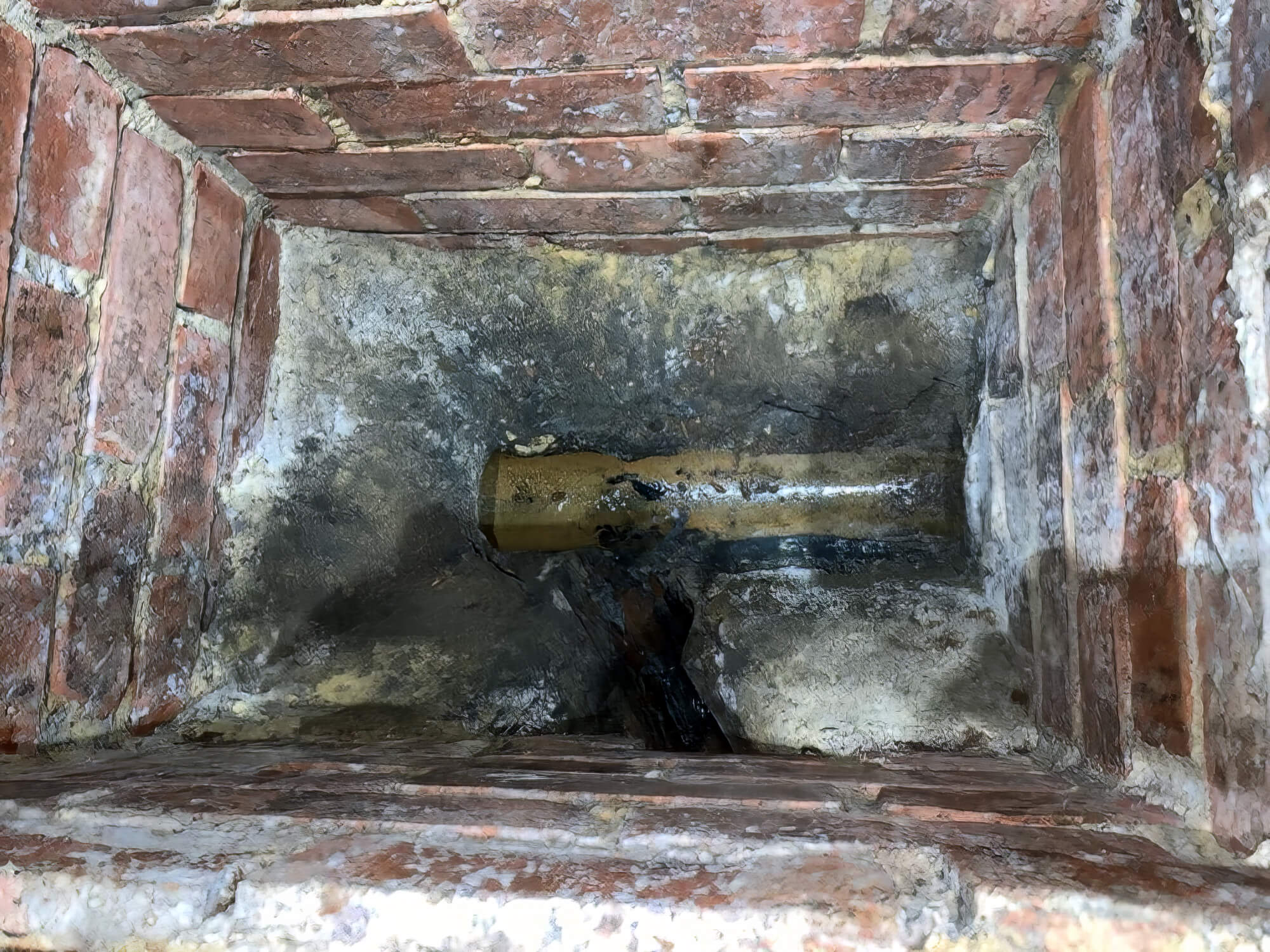
When facing a main sewer line blockage, a power washer and drain linejetter is an effective way to clear the clog without a traditional drain auger. Follow these steps:
Attach a sewer jetter hose to your power washer wand and insert it into the sewer cleanout. Feed the hose down until you hit the clog in the sewer pipes.
Turn on the power washer in a high-pressure setting. Slowly push the drain linejetter hose farther down the sewer pipe, letting the powerful water pressure burst through the main sewer line blockage.
Listen for dirt and debris dislodging as you feed the jetter hose. If water flows freely, the clog is cleared. If not, repeat steps 1-2.
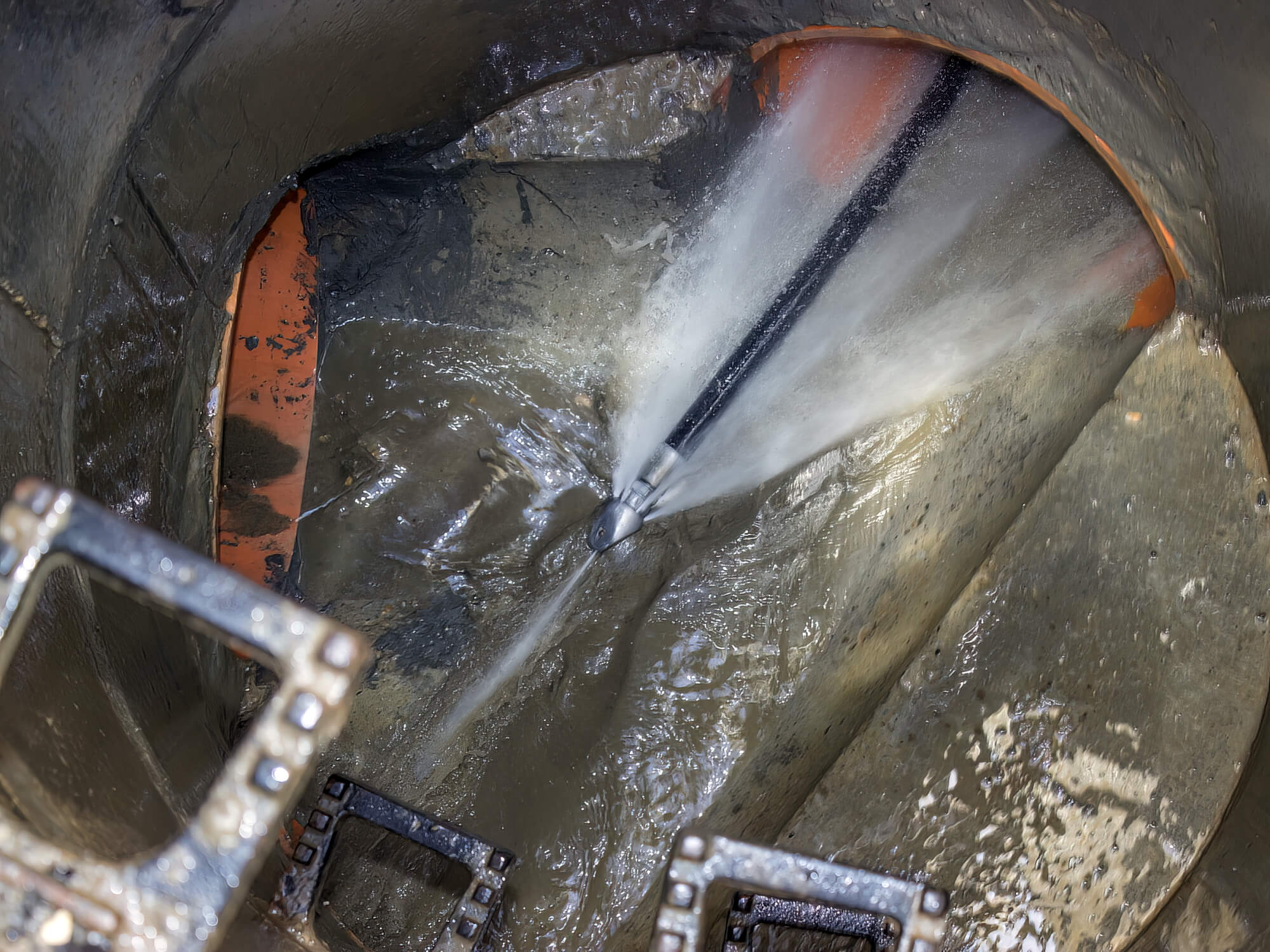
Once water flows freely again, turn off the power washer. Slowly pull the drain line hose back out of the sewer cleanout.
Run water into the sewer pipes and listen for backups or gurgling that indicates remaining blockage. If clear, the main sewer line clog should be resolved.
When done carefully, a power washer and sewer jetter are effective ways to clear a main sewer line without a traditional drain snake. The key is using the correct pressure and not damaging your pipes.
If you don’t have access to a power washer, various household liquids can also help dissolve clogs when used appropriately. Each has pros and cons to consider.
Pour a cup of baking soda down the kitchen sink drain, followed by a cup of vinegar. The resulting chemical reaction causes fizzing and bubbling that can break up grease and debris. Let the solution sit for 15-20 minutes before flushing with hot water.
Pros
Cons
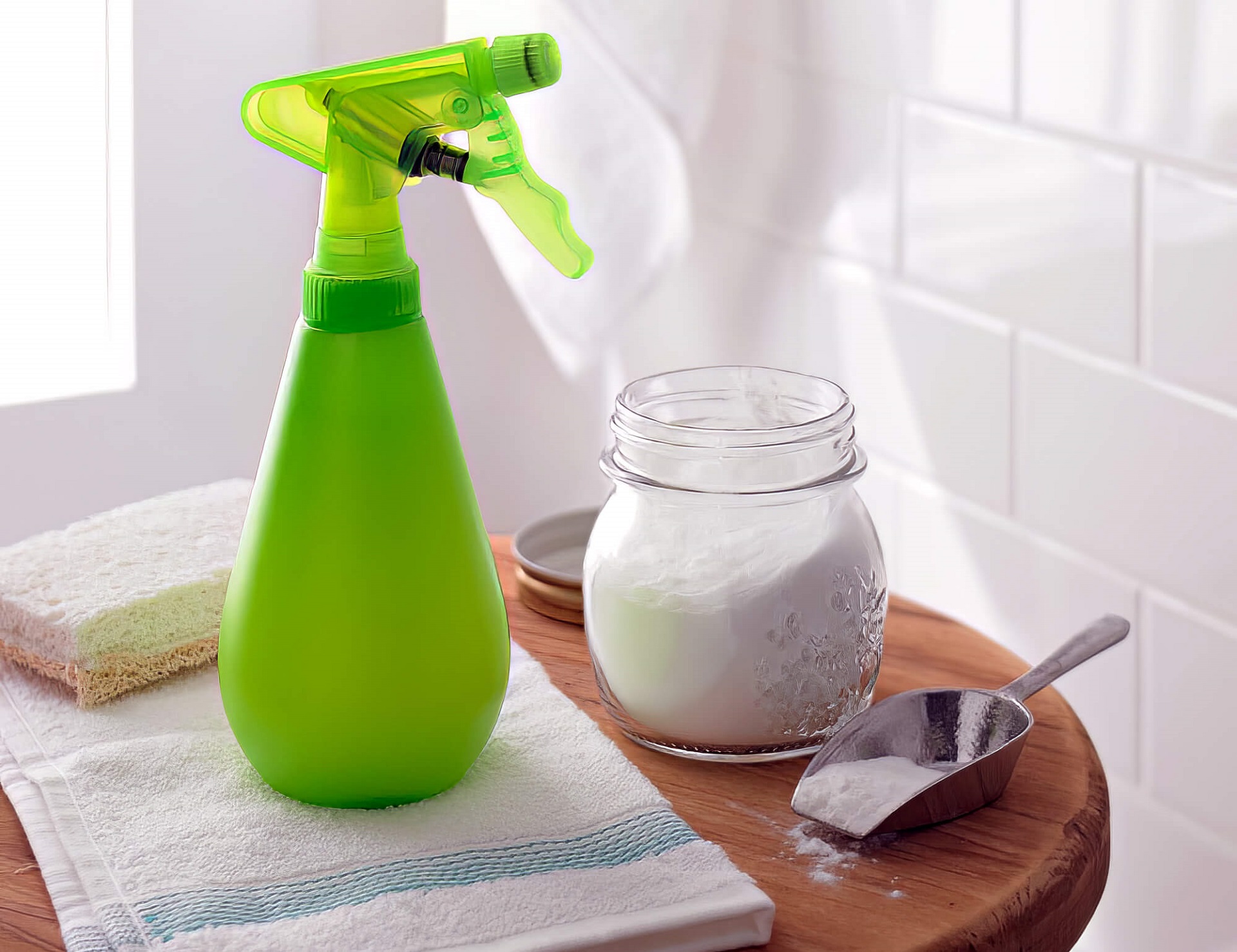
Pouring boiling water down the drain can help melt grease or fat clogs. The hot temperature loosens the gunk.
Pros
Cons
Pour 1 cup of hydrogen peroxide down the drain and sit for 30 minutes. Follow with hot water to flush away debris. The bubbling action helps dislodge clogs.
Pro
Cons
Pour 1 cup of salt down the drain and lit it for 15-20 minutes before flushing it with hot water. The graininess can scrub away debris.
Pros
Cons
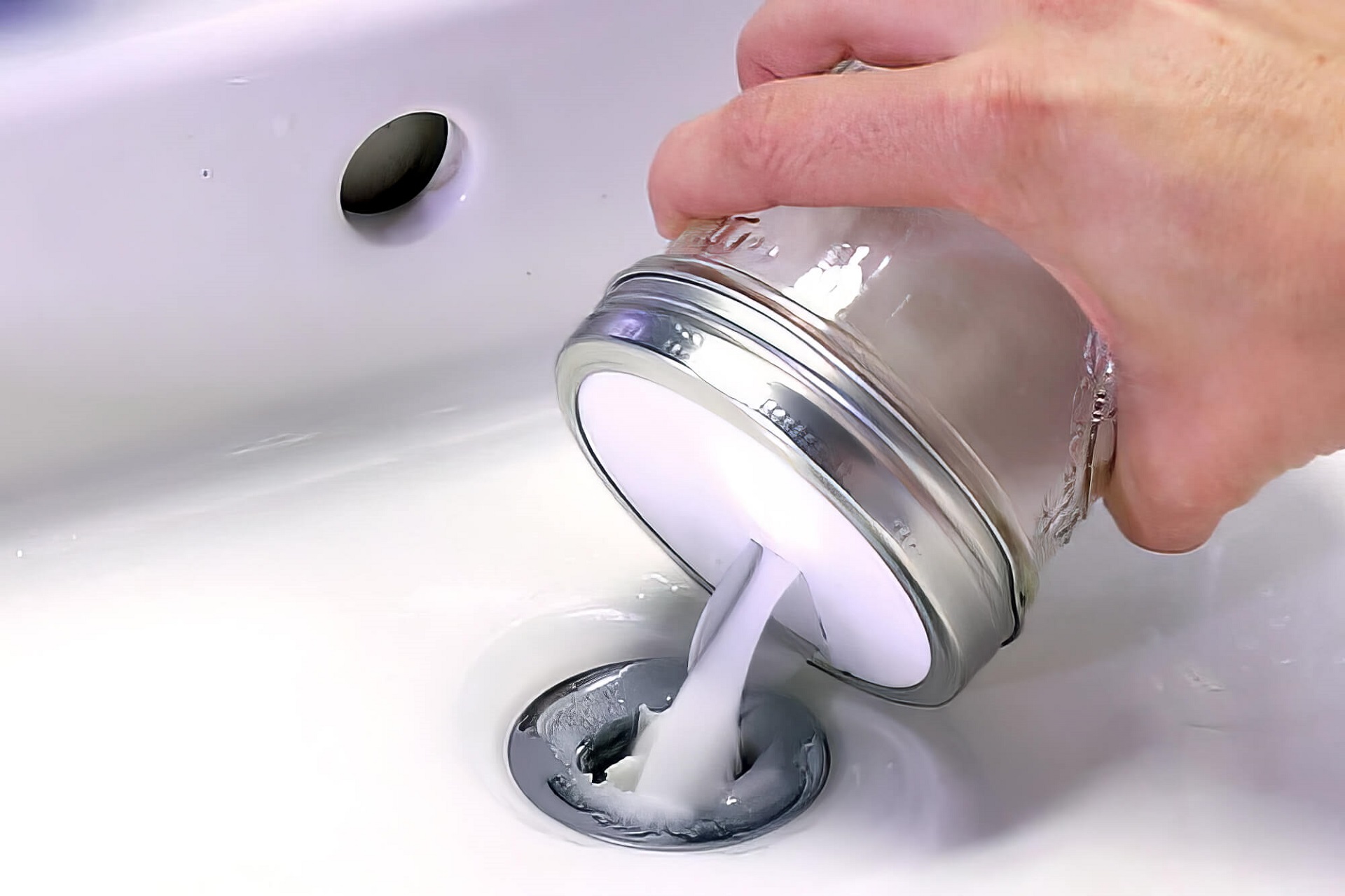
Mix 1 cup of baking soda and lemon juice and pour it down the drain. After 15-20 minutes, flush with hot water. Acidity dissolves gunk.
Pros
Cons
Using common household liquids can clear clogged drains without harsh chemicals. However, they require more time and repeated effort than a power washer. Consider the pros and cons of choosing the best home remedy.
For severe sewer clogs that resist other drain cleaning methods, chemical drain cleaners provide added strength to break through blockages. Strong alkaline or acidic cleaners can dissolve organic material and grease and cause persistent main sewer line clogs.
When using chemical cleaners:
Chemical drain cleaners should be a last resort for serious clogged main sewer line issues unresolved by other methods. Proper precautions provide added power to clear persistent blockages. However, they can damage pipes if overused. Call a professional if main sewer line clogs continue despite chemical cleaner attempts.
While dealing with a current clog is frustrating, preventing future blockages is wise. Consider these tips:
Drain covers and screens prevent hair, food scraps, and other debris from entering your pipes. Install covers on sinks, tubs, and showers to stop clogs at the source.
What goes down the drain directly impacts your risk of clogs. Never pour fats, oils, or grease down sinks. Dispose in the trash instead. Avoid flushing solids like food scraps, tampons, other solid feminine hygiene products, and paper towels.
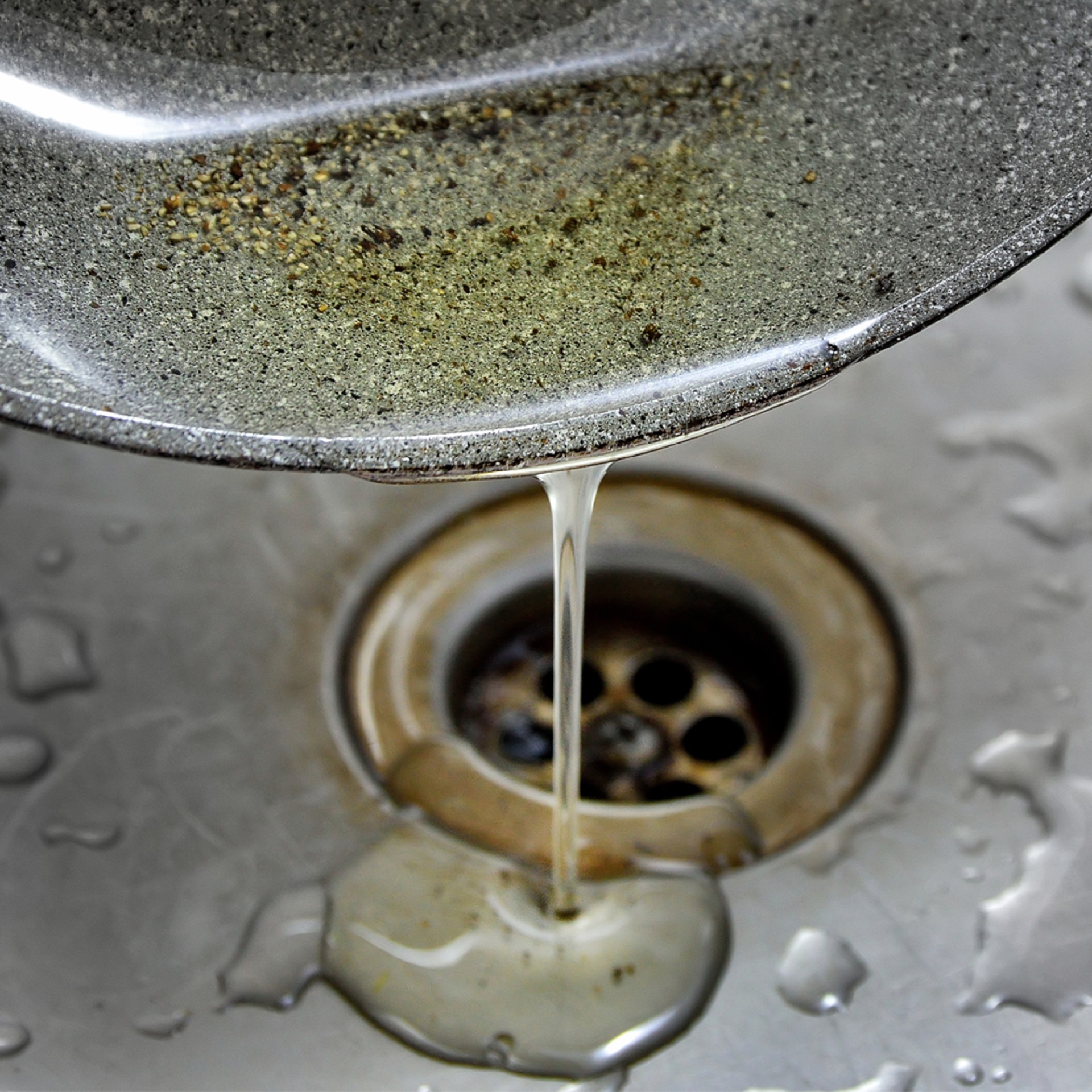
Professional drain cleaning regularly removes any built-up grime or blockages before they grow problematic. Every 1-2 years is ideal for residential sewer lines.
Old, damaged pipes are prone to catching debris and clogging. A replacement can prevent future headaches if your plumbing is outdated or deteriorating.
Following these simple precautions helps keep your drains free-flowing. An ounce of prevention is worth a pound of cure for sewer line clogs! Installing drain screens, avoiding grease in drains, and scheduling maintenance can save you from clog-induced disasters.
While DIY methods can clear simple clogs, some blockages require professional-grade equipment and expertise. Consider calling a plumber for:
The right tools, high-powered jetters, and camera pipe inspection allow professionals to thoroughly clear blockages and assess your drainage system. This can restore flow and prevent future headaches. Their expertise is well worth the cost for stubborn or complex sewer issues.
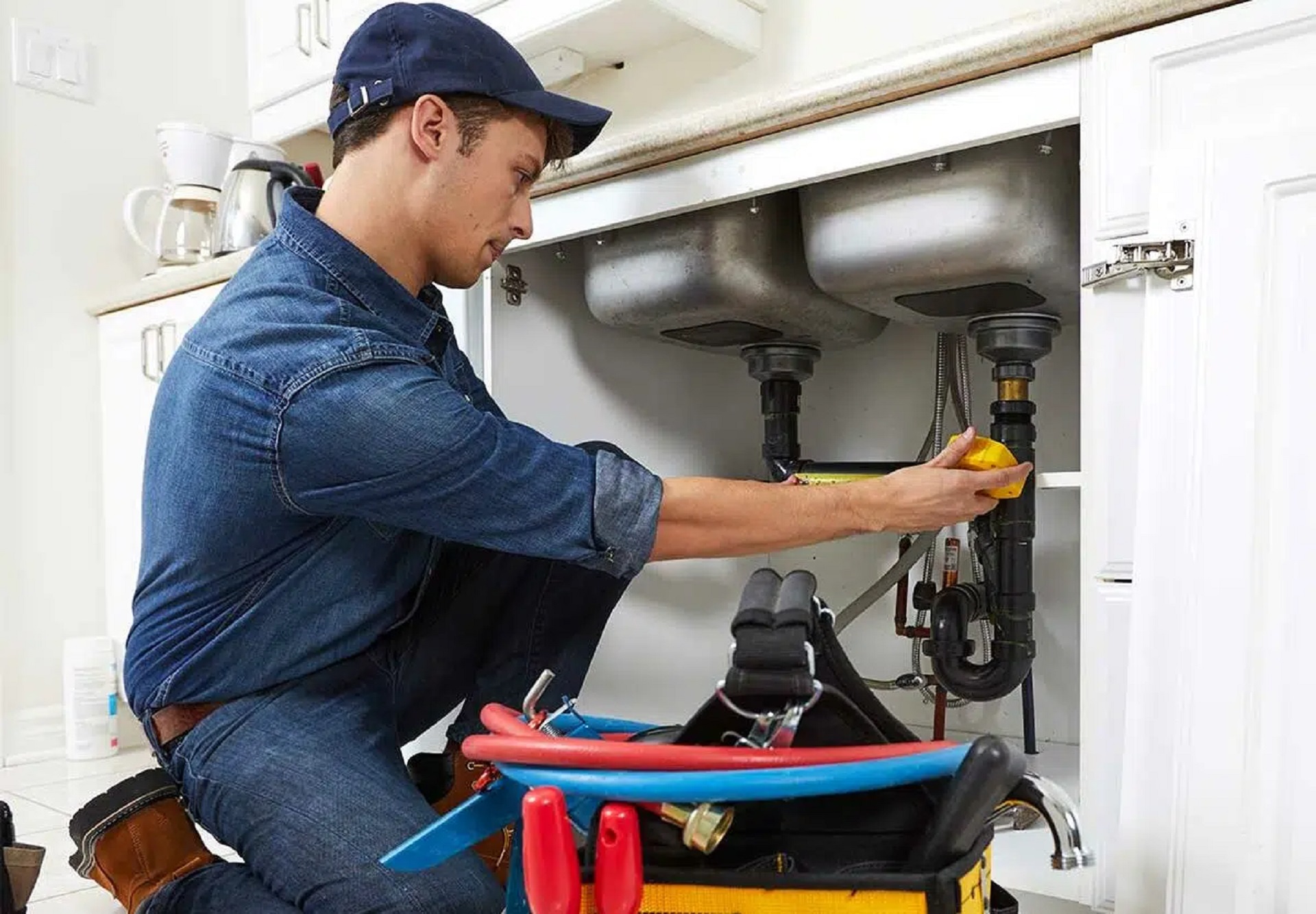
If you have an older sewer line, replacement may be needed if you notice:
Replacing your sewer line has advantages:
Consider costs vs. frequency of repairs. Replacement averages around $3,000-$8,000 AUD (estimated amount), but ends recurring clog issues. Get professional input to determine if replacement makes sense.
As we’ve seen, several DIY methods can clear clogged sewer lines, from using a jetter hose to liquid drain cleaners. Key points include:
Prevention is ideal – install drain screens, avoid grease in pipes, and schedule regular maintenance. Call the professionals for severe or recurring clogs – Gold Coast Plumbing Company. With years of expertise handling complicated sewer blockages, we provide simple, effective solutions. Don’t hesitate to contact us if you need dependable drain cleaning services.